Blockchain and IoT: Key Benefits, Use Cases, and Limitations
Blockchain App Development | Types of AI Agents | AI Development Company
In this constantly evolving digital world, Blockchain and IoT are two different technologies that are emerging as key drivers of innovation and transformation throughout various domains. These technologies are often discussed individually; however, when integrated, they create powerful synergy. While each technology serves a distinct purpose, their combination unlocks the full potential to redefine industries and transform how data is managed, shared, and secured in the digital world.
In this blog, we will explore their fundamental concepts, how they work individually and together, the key benefits and real-world use cases of their integration, and the challenges faced in combining these technologies.
Understanding Blockchain and IoT
What is Blockchain?
Did you ever want to know the meaning of the word “Blockchain”? Blockchain is basically a decentralized and distributed digital ledger that helps store records securely across a wide computer network. It helps record transactions in a way that is transparent, immutable, and resistant to tampering. In order to ensure agreement across the network, these transactions are validated through a consensus mechanism like proof of work or proof of stake. Unlike conventional centralized systems, blockchain groups transactions into “blocks.” Each block stores data, and the blocks then link together to form a secure and transparent chronological chain. This structure helps ensure data integrity and provides a tamper-proof record. This makes blockchain technology ideal for applications like cryptocurrencies and supply chain management.
What is IoT?
Internet of Things IoT refers to a network of physical devices that are interconnected, such as sensors, actuators, and appliances, with built-in software that allows them to collect, transmit, and receive information. IoT devices can monitor and evaluate environmental changes, automate processes, and improve efficiency across various domains such as healthcare, agriculture, and the automotive industry.
The Synergy of Blockchain and IoT
While IoT devices majorly work on collecting and transmitting data, they often rely on some sort of centralized authority, which exposes vulnerabilities such as single-point failure and data tampering. Blockchain’s distributed ledger can address these issues by providing a decentralized, secure, and tamper-resistant way to store data generated by Internet of Things devices.
Benefits of Integrating Blockchain and IoT
Blockchain, when paired up with the Internet of Things IoT brings numerous benefits. Various IoT devices collect and share data, but this data is often unsafe or prone to alteration. Blockchain helps by making the data secure and difficult to tamper with. It helps store data in a shared system that is safe and where everyone can see and trust it. Here are some of the benefits of blockchain in IoT:
- Enhanced Security of IoT devices
- Smooth Automation
- Improved Data Integrity and Immutability
- Reduced Cost and Improved Efficiency
- Improved Transparency and Accountability
- Decentralization
- Trust and Reliability
1. Enhanced Security of IoT Devices
One of the most important benefits of integrating blockchain technology with IoT is enhanced data security. Through a distributed ledger, blockchain provides a decentralized and safe framework for the Internet of Things IoT. Since IoT devices often operate in environments lacking computing resources, they become prone to cyberattacks. Incorporating blockchain technology records each transaction within the IoT environment in an immutable manner, significantly reducing the risk of unauthorized access and data breaches. In addition to safe and secure data transmission, each block stores a copy of the shared ledger, making it difficult to alter or tamper with data. This is how blockchain’s decentralized network provides a secure environment to authenticate and verify data, enhancing data security across IoT devices.
2. Smooth Automation
While Internet of Things IoT devices fundamentally support automation, the combination with blockchain helps with faster and smoother automation with the help of smart contracts. Smart contracts are self-executing commands stored on the blockchain that run when specific conditions are met. These self-governing smart contracts allow IoT devices to work on their own without needing any centralized authority. IoT tasks, such as opening a valve when humidity reaches a set level or triggering alarms when thresholds are exceeded, are handled by smart contracts without human involvement.
You can also view our blog:
AI vs Automation: Decoding the Differences for Business Success
3. Improved Data Integrity and Immutability
Blockchain’s cryptographic technology ensures that once the network stores data, no one can tamper with or delete it without network consensus. Blockchain guarantees the immutability of data by maintaining a transparent and verifiable record of all data transmissions and transactions. This is especially critical in IoT devices and systems, where real-time data integrity is very critical for authentic and precise monitoring and decision-making. This plays a big role in critical sectors like healthcare, supply chains, and industrial processes.
4. Reduced Cost and Improved Efficiency
Blockchain and IoT technology help cut costs linked with intermediaries and manual functions by introducing automation through smart contracts. It significantly helps improve efficiency by taking care of certain challenges like cyberattacks, scalability, and trust. This advanced automation system can help reduce costs significantly by cutting transaction fees and improving overall efficiency by providing a decentralized and secure framework.
5. Decentralization
By eliminating the need for a centralized authority, blockchain allows peer-to-peer communication among IoT devices. When developers build an IoT system on decentralized blockchain technology, smart contracts control the system, eliminating the need for a central server and significantly minimizing bottlenecks and inefficiencies.
6. Improved Transparency and Accountability
Blockchain’s transparent and distributed ledger enables every transaction and data transmission to be recorded with a digital signature and timestamp. Blockchain technology gives a decentralized and secure framework for IoT systems, enhancing transparency in IoT networks. This combination guarantees accountability by tracing every transaction and data exchange to its source, preventing anyone from changing or deleting actions.
7. Trust and Reliability
Blockchain and IoT may help build trust among participants by keeping an authentic and unchangeable record of every transaction or data shared. Every involved party can see the same, unaltered information, thus eradicating any confusion and the need to depend on a mediator. The reliability of the IoT network is significantly enhanced as all parties know the data is unaltered and honest.
Use Cases of Blockchain and IoT
Here are some of the popular use cases of IoT with blockchain that have a significant impact across various industries.
- Supply Chains and Logistics
- Healthcare
- Smart Agriculture
- Freight Transportation Automotive
-
Supply Chains and Logistics
Supply chains involve multiple participants, which makes it difficult to maintain transparency and traceability. Blockchain technology and IoT in the supply chain help make it more efficient and trustworthy. IoT sensors monitor goods and collect real-time data about products in transit, such as tracking humidity levels, temperature, and location. This data is then stored on a blockchain, keeping it safe and immutable. It provides end-to-end visibility, thus helping reduce counterfeiting, fraud, and delays. As a result, every stakeholder can access the immutable data and see where goods are and what conditions they are in.
-
Healthcare
In healthcare, blockchain and IoT are combined to keep patient records safe and immutable yet easy to access. Wearables and IoT devices such as heart monitors or health trackers collect vital signs and health information in real time. With the help of blockchain, this data is stored in a secure and decentralized record, ensuring that safety and integrity are maintained. This allows authorized healthcare workers and patients to access accurate and up-to-date records anytime, helping with quick diagnosis, better treatment interventions, and enhanced trust in the healthcare system. See our blog on Blockchain App Development and discover how you can nurture your healthcare business through this technology..
-
Smart Agriculture
The agricultural industry has been struggling with meeting the increasing demand for food while taking sustainable measures in order to minimize environmental impact. Therefore, smart agriculture is another use case of blockchain and IoT. In smart agriculture, farmers use IoT devices to monitor and evaluate soil conditions, water levels, and weather conditions. Blockchain-enabled IoT technology stores this data safely and makes it easy to trace. This helps farmers make better decisions about harvesting, watering, and fertilizing, hence improving crop quality. Blockchain also enables farmers to share data with agricultural stakeholders like suppliers, insurance providers, and distributors, enhancing traceability and compliance in food production.
-
Freight Transportation
Freight transport involves a complex series of events that need support from different departments, including transportation businesses. By incorporating blockchain and IoT, live shipment status and arrival times are tracked through the use of IoT devices. This data is then stored through a distributed ledger technology, ensuring its accuracy and integrity. This way, transport companies, drivers, and other involved parties gain clear visibility into where the freight is, how they handle it, and the condition of the goods. It helps minimize the risk of disputes, delays, and helps keep the products safe in transit.
-
Automotive
Automation in the automobile industry is one of the significant applications of blockchain and IoT. IoT devices in vehicles help collect information such as engine performance, driving habits, location, etc. IoT-enabled blockchain helps the automotive industry unlock various benefits, like making payments with crypto wallets, finding a vacant parking spot, etc. Blockchain with IoT also helps car manufacturers, service centers, and even clients to get access to a vehicle’s history, spot any issues, and ensure quality. This approach also enhances trust when selling or buying used vehicles because no one can fake or alter the information.
Another noteworthy application of blockchain and IoT is the use of RFID technology. RFID tags can help track auto parts and the exact location of any vehicle during production or delivery.
Challenges in Blockchain and IoT
Despite the promising benefits, this innovative technology has its fair share of challenges as well. The following are some of the challenges of blockchain and IoT:
- Increased Energy Consumption
- Limited Storage
- Technology Cost
- Legal Concerns
- Scalability Issues
-
Increased Energy consumption
Blockchains, especially those using Proof of Work, require high computational power, leading to significant energy use. When paired with countless IoT devices constantly collecting data, overall power consumption becomes a major concern. IoT devices, which designers often build to operate in low-power environments, also encounter conflicts with it.
-
Limited Storage
Blockchains are not intended to store large volumes of raw data. IoT devices are continuously generating massive amounts of data, making blockchain systems slow, harder to manage, and expensive. In short, storing all the data generated by IoT devices on blockchain is neither practical nor cost-effective.
-
Technology Cost
Blockchain technology can save users money on intermediaries and transaction fees. However, implementing an IoT-enabled blockchain technology involves a huge cost. Setting up an infrastructure, its development, and ongoing operational expenses make this technology very costly.
-
Legal Concerns
While data security and confidentiality on blockchain protect users from hacks and fraudulent activities, it can also enable illegal activity and the trading of data on blockchain networks. Regulatory and legal concerns of blockchain and IoT mainly focus on data ownership and privacy. Complying with data protection laws such as GDPR is also complicated because blockchain’s immutable nature can conflict with ‘the right to be forgotten’.
-
Scalability Issues
Scalability is another major challenge for blockchain and IoT. When thousands of IoT devices connect to blockchain, the system must process and store massive volumes of data, creating scalability concerns.
Final Thoughts on Integrating Blockchain and IoT
The ultimate fusion of blockchain and IoT holds immense importance for creating a secure, verifiable, and transparent digital ecosystem. By combining blockchain’s decentralized and tamper-proof infrastructure with IoT’s data-generating power, businesses can unlock new levels of trust and efficiency. From improving supply chain management to shifting agricultural trends and improving the healthcare system, the benefits are far-reaching. However, organizations must address potential challenges such as scalability concerns, storage limitations, and cost issues through innovative techniques and protocols.
Want to Take Your Business to New Heights?
Contact Flexlab now and see how Flexlab Blockchain takes your business to new heights by enabling your partners to share and access IoT-generated data, but without needing a central server. Visit our portfolio to have a look at innovative and inspiring projects, or visit our website to have clear insights into our services. As one of the best blockchain development companies in America, Flexlab’s expert team specializes in crypto wallets, smart contracts, and decentralized apps, ensuring you 100% data security and integrity. Here at Flexlab, we offer free of cost technical checks and customized plans to help you cut costs and accelerate development. You can also visit our Blog page to read in-depth and informative articles on unique topics.
Ready to Grow Your Business?
📞 Book a FREE Consultation Call: +1 (201) 347-8591
📧 Email us: info@flexlab.io
Is blockchain similar to AI?
While blockchain and AI technology are two entirely different domains, they complement each other very well. AI focuses on making machines smart, focusing mainly on intelligence and learning, while blockchain technology specializes in security and trust. In short, Blockchain is a trustworthy record-keeper while AI is the smart analyst and decision-maker. But if we have to interlink them in terms of similarities, we can say they both focus on reducing manual intervention, speeding up the workflow, and also on data integrity.
What is better than blockchain?
It depends on the purpose we are looking for. However, for some of the use cases, distributed databases or Directed Acyclic Graphs such as Hashgraphs, Holochain(allow each node to store its own data,) Cloud-based solutions can be more efficient and faster than conventional blockchains. On the other hand, blockchain is a unique combination of security, decentralization, and transparency. The “best” technology depends on your objectives, whether it’s speed, scalability, efficiency, security(safety), transparency, or cost.
What are the types of freight transportation?
Freight transportation includes various modes: road (via vehicles), air (fast and ideal for high-value goods), rail (cost-effective for heavy goods), sea (via waterways), and pipeline (for liquids and gases). Each mode suits different cargo types, distances, and costs. These types of freight transport help move goods locally and globally, depending on speed, volume, and destination.
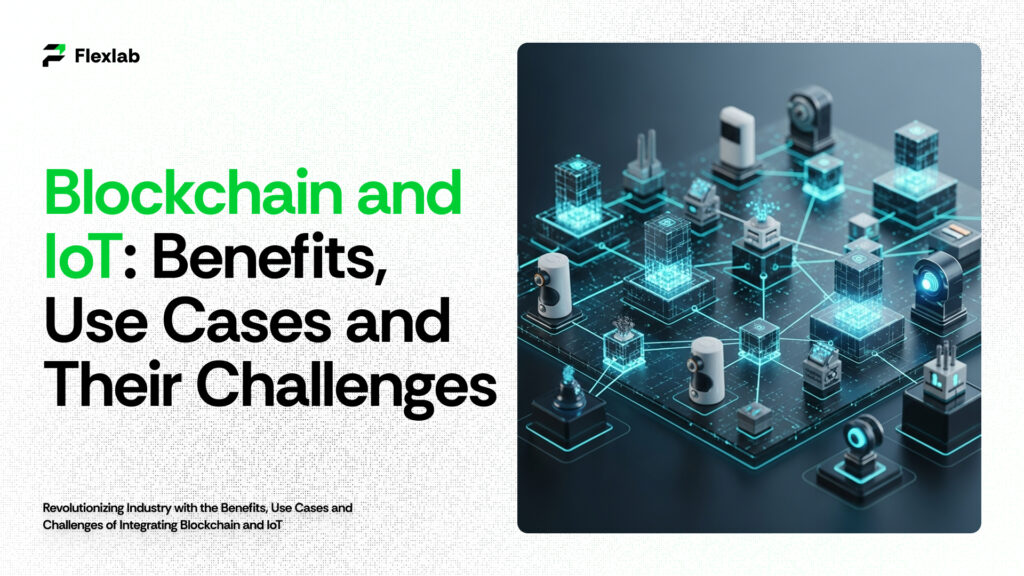
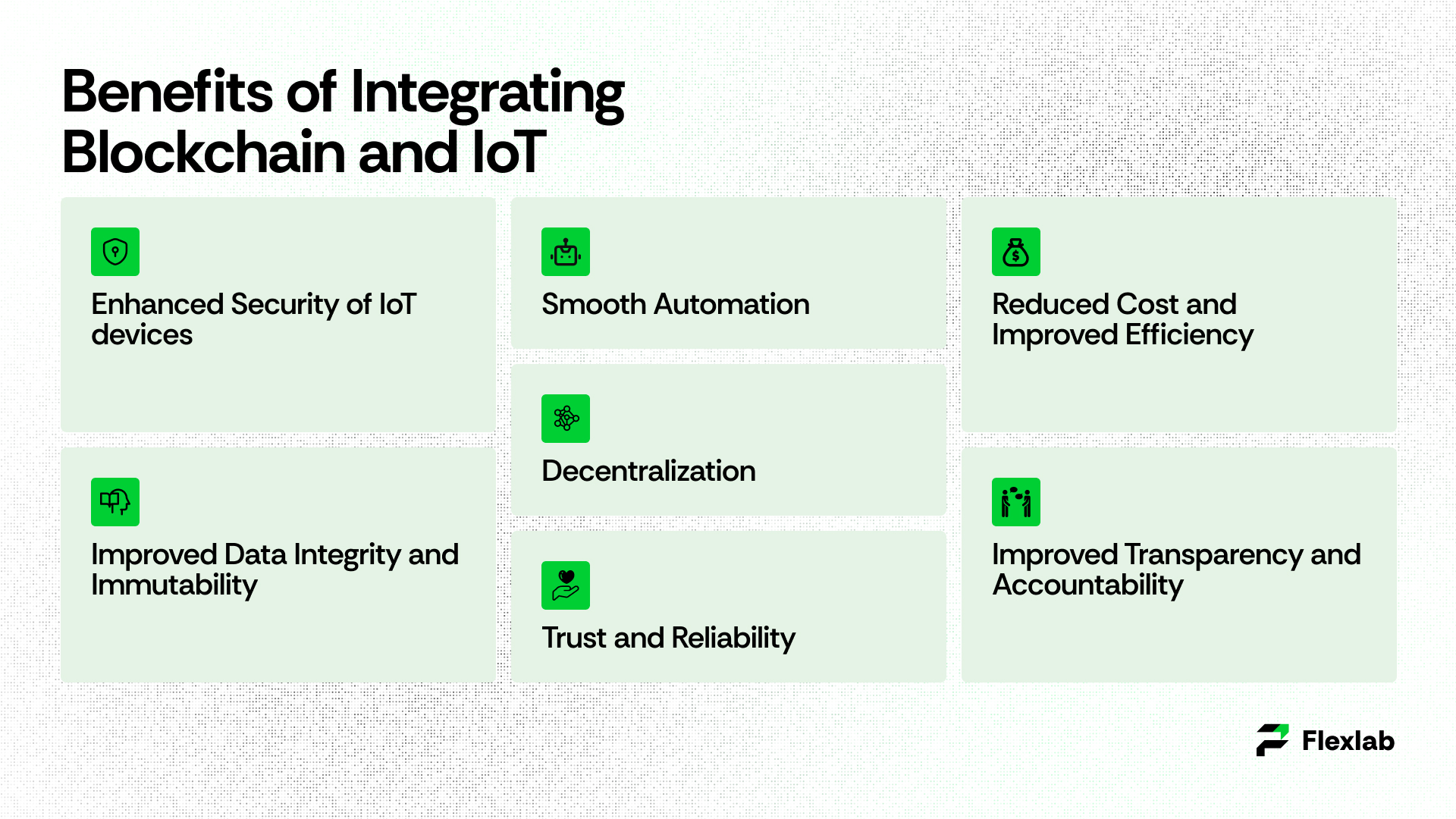
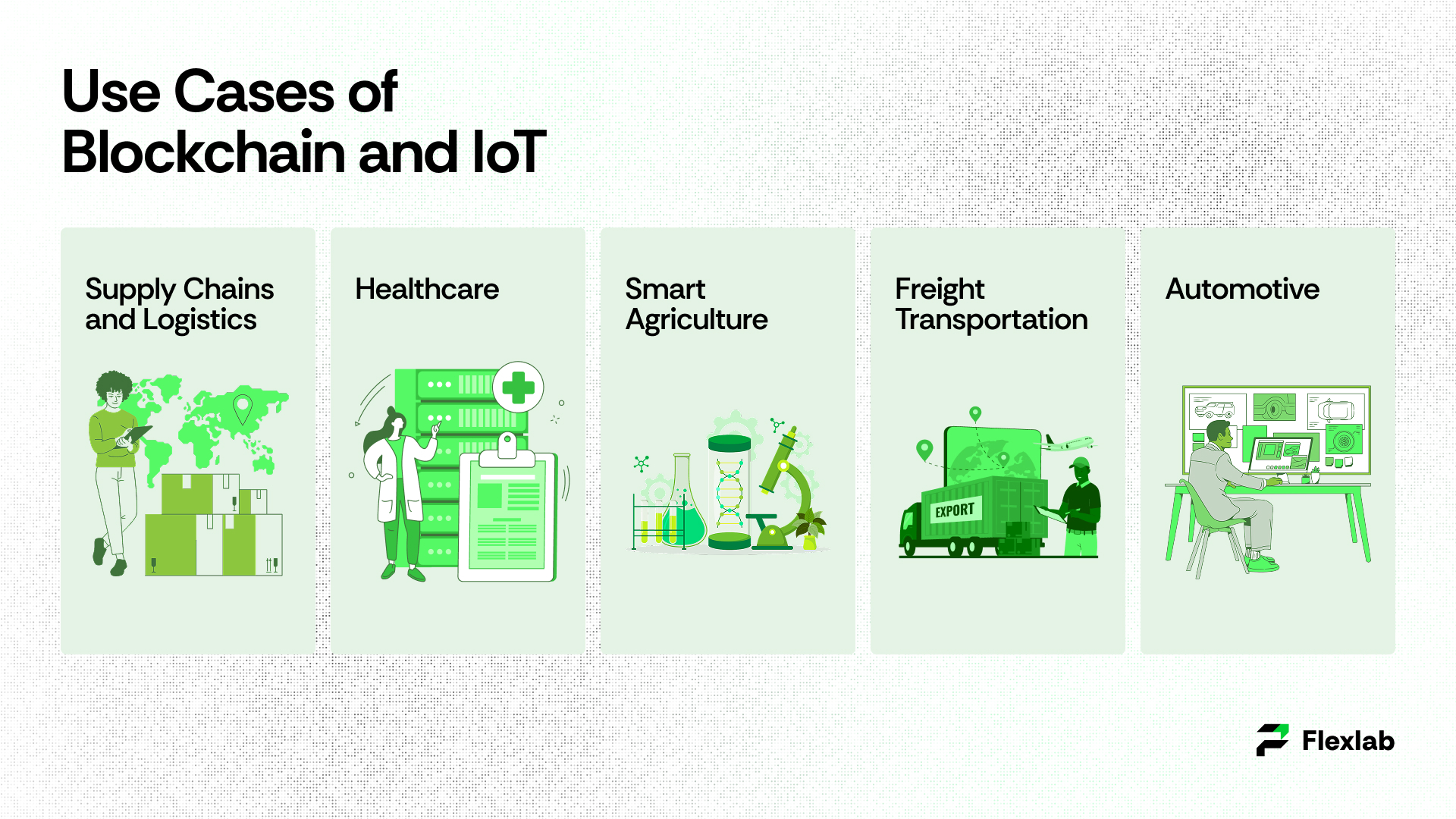
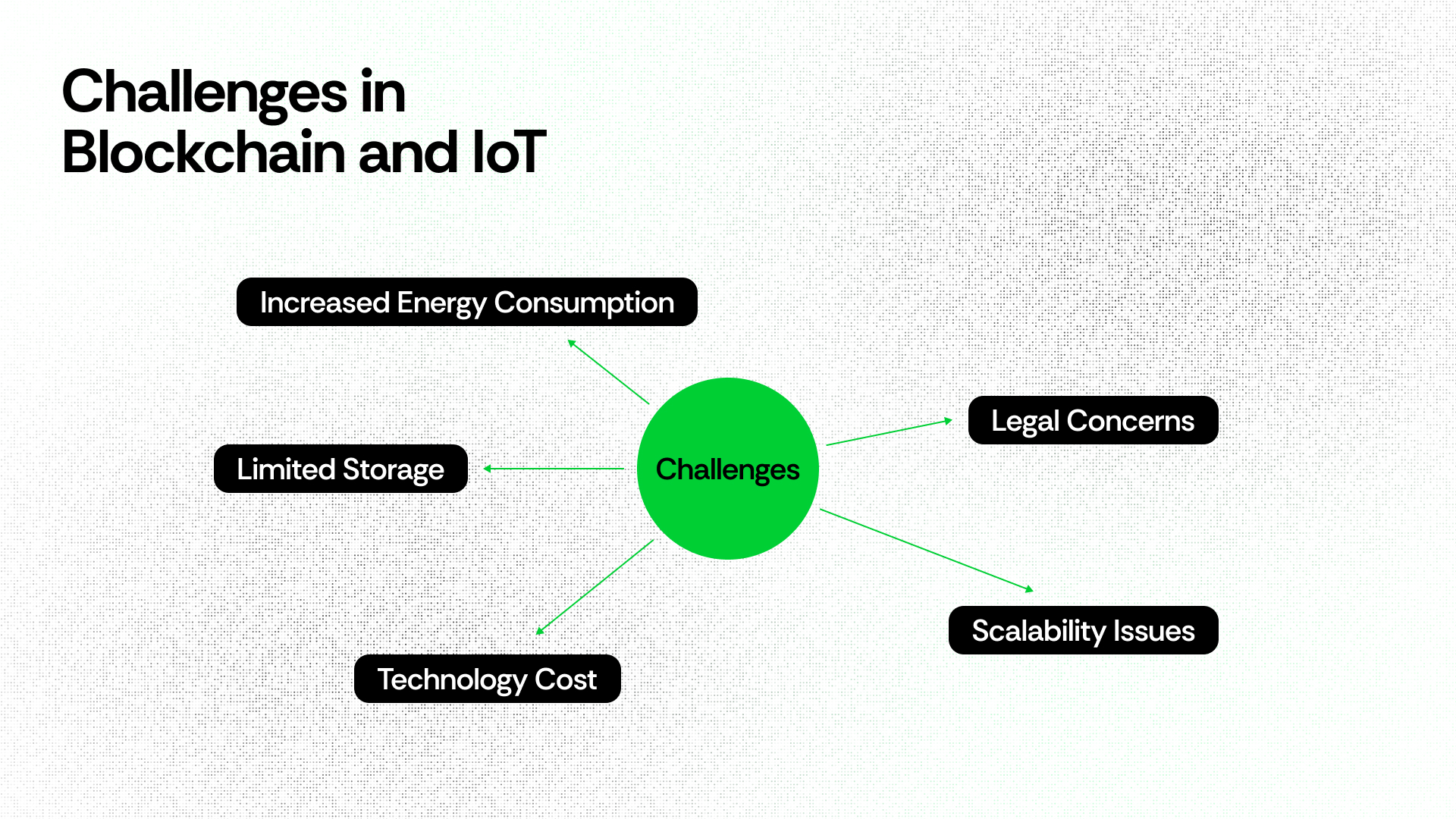
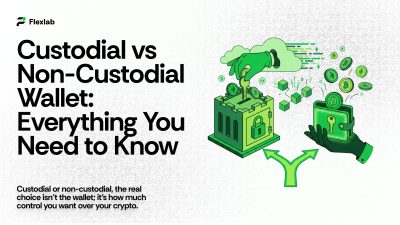
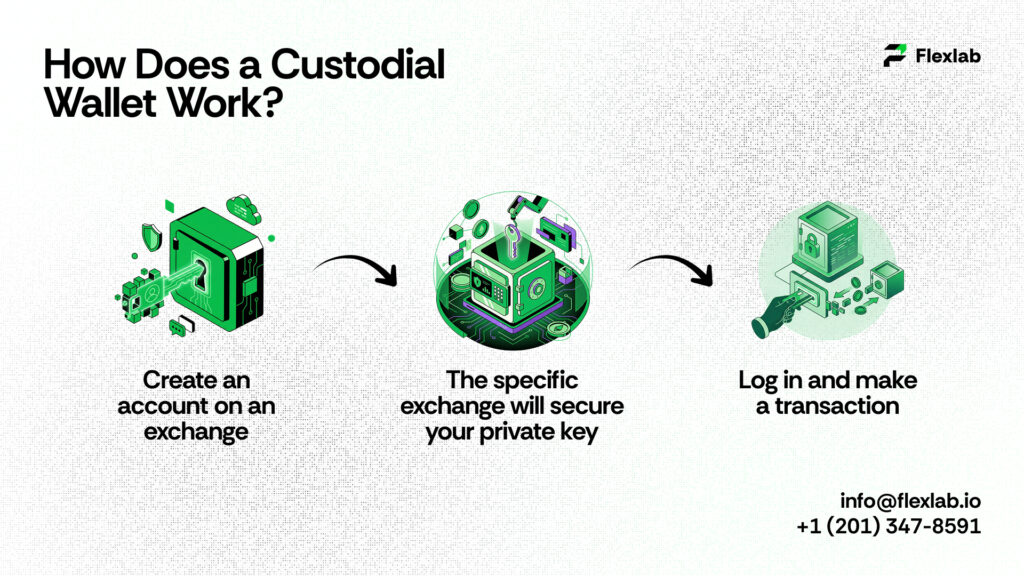
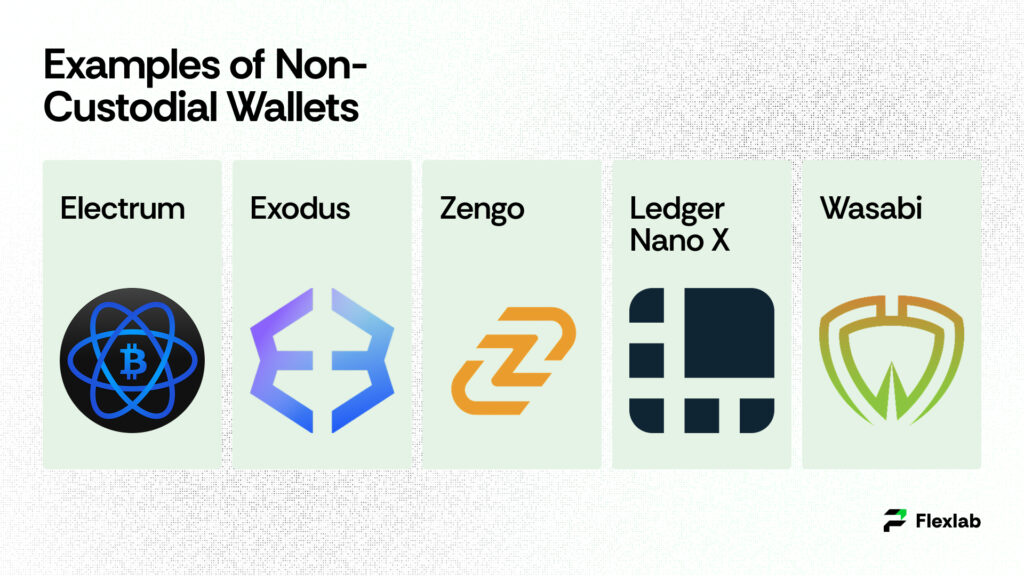
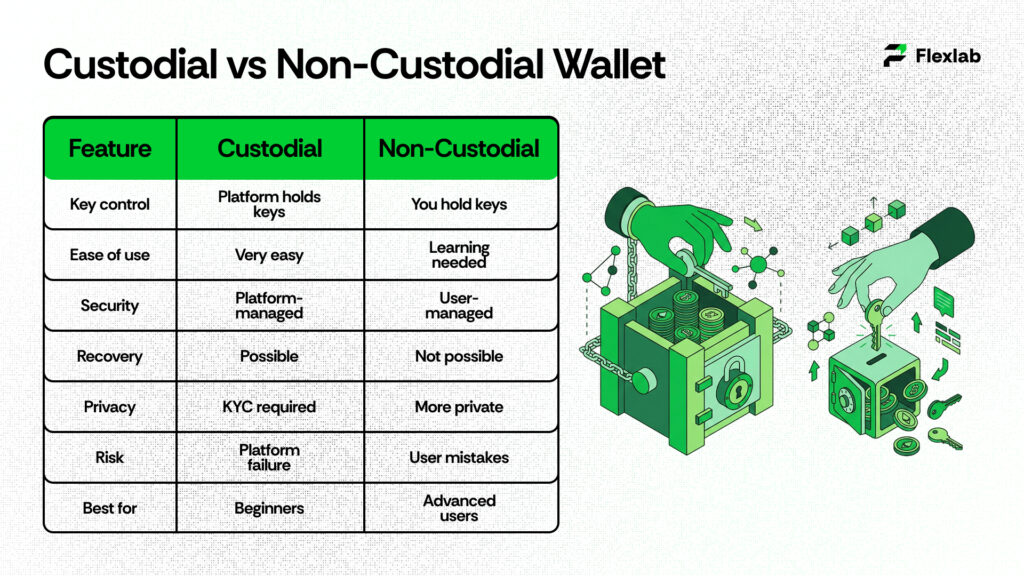
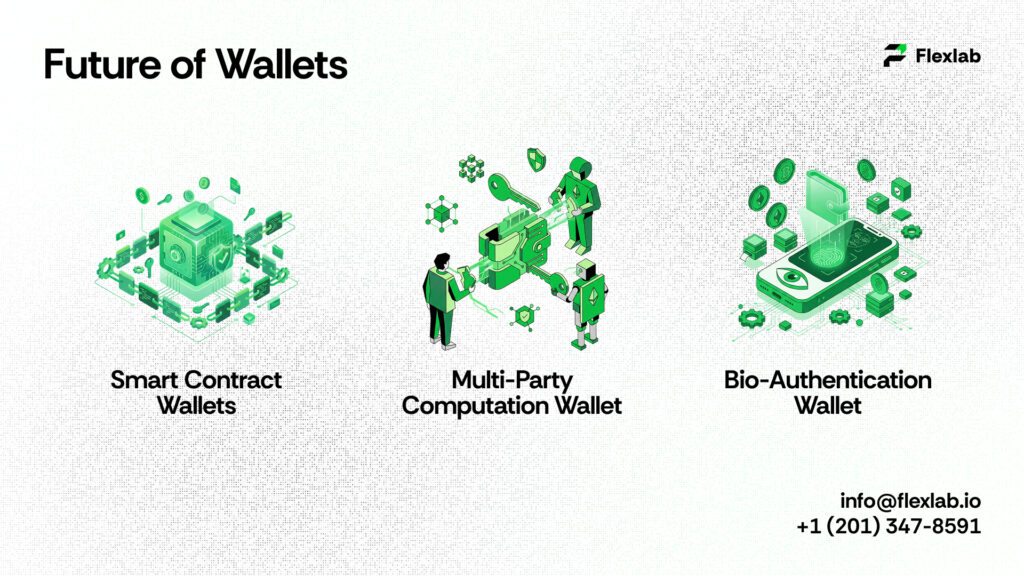
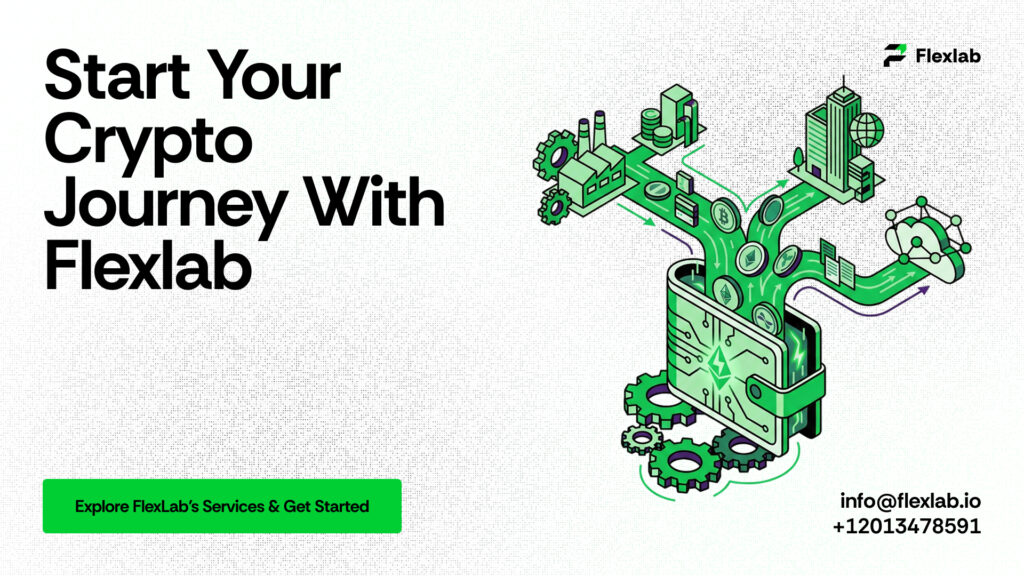
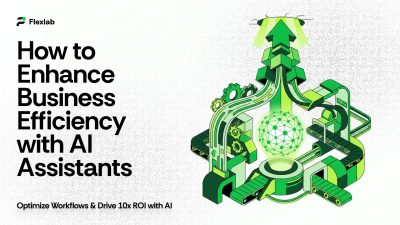
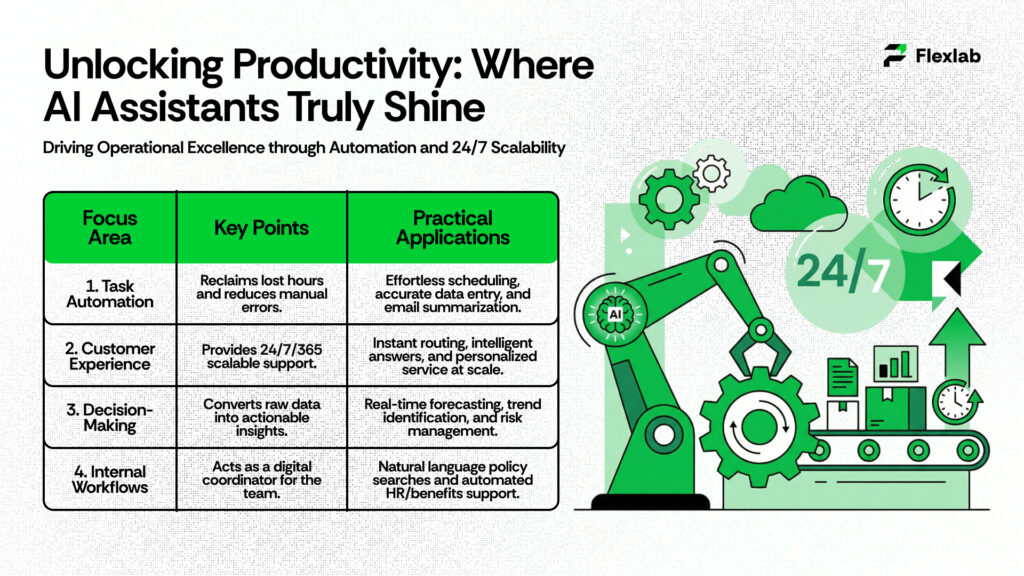
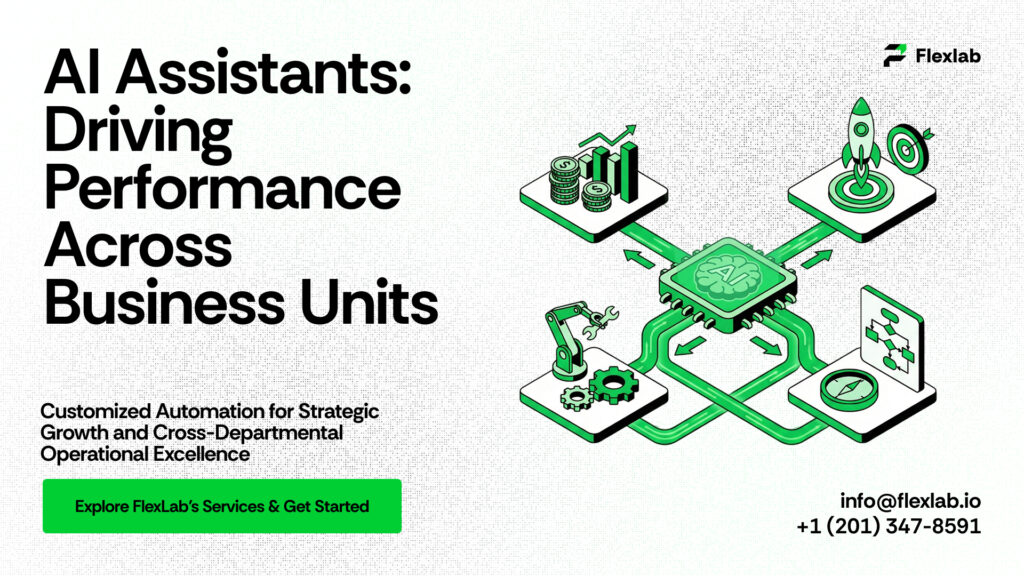
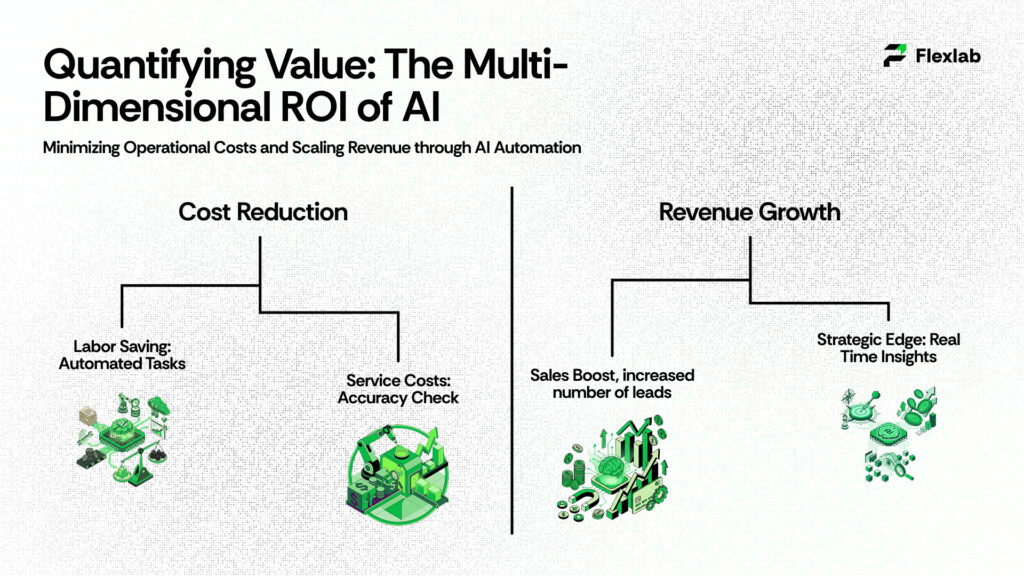
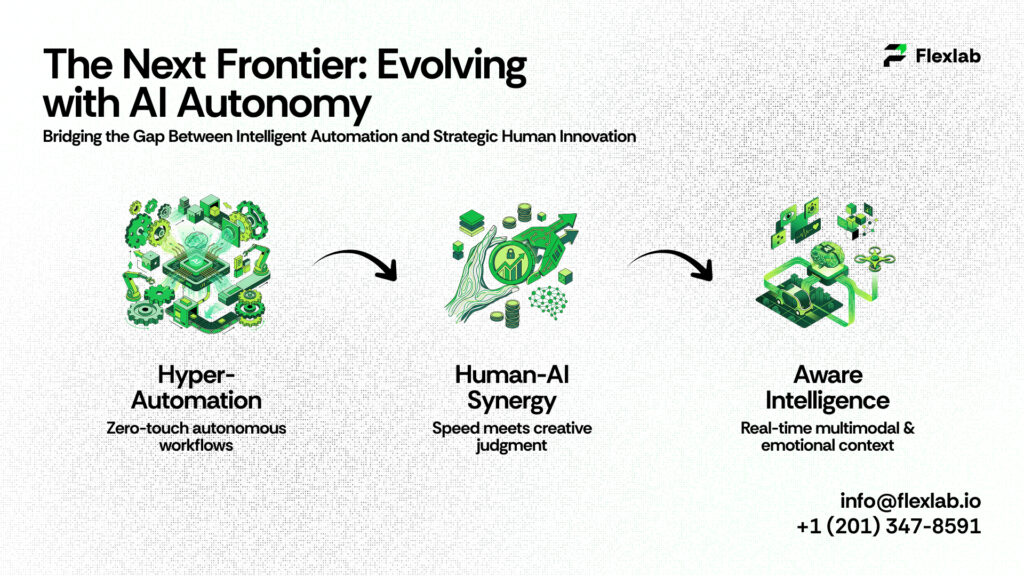
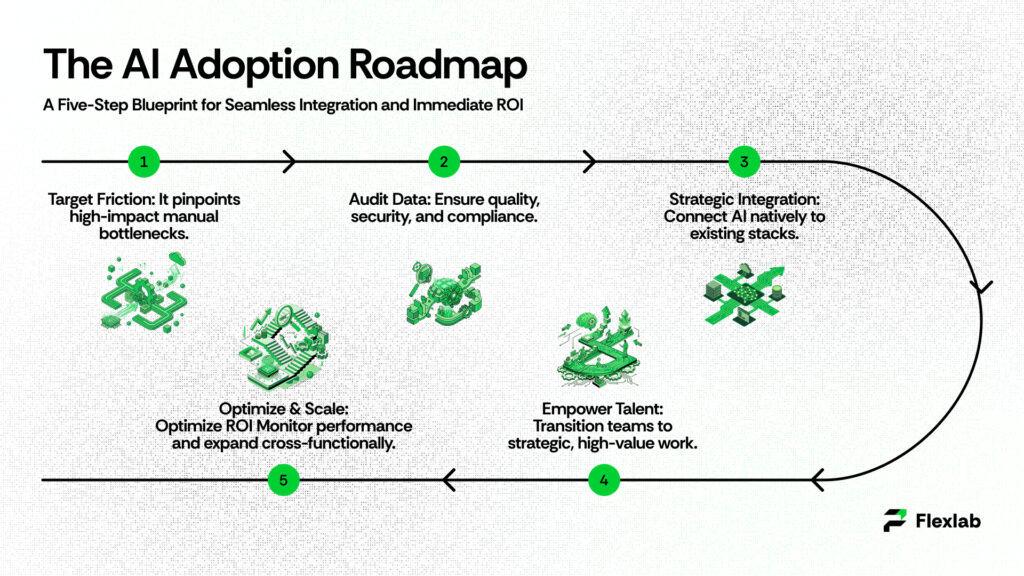

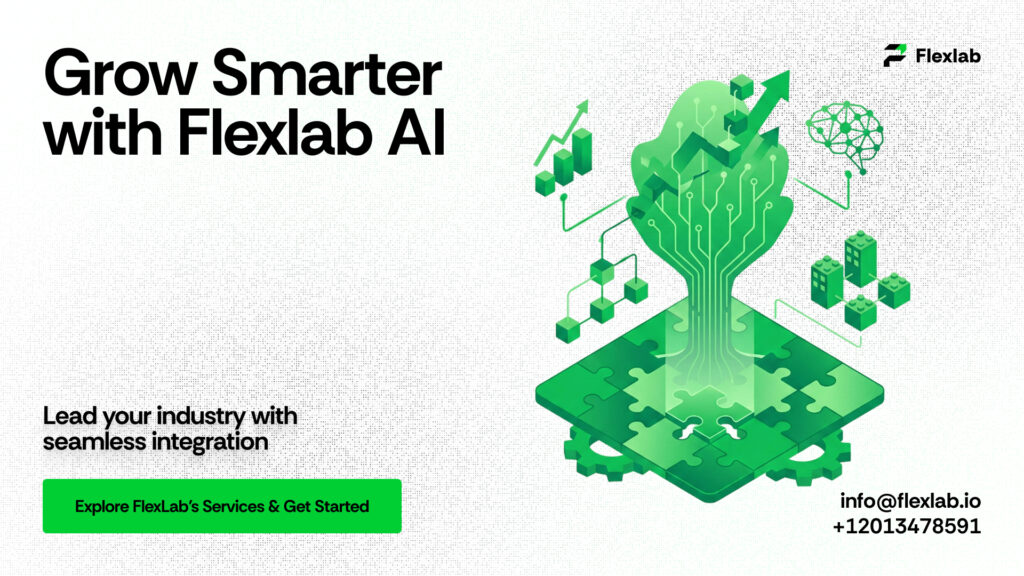
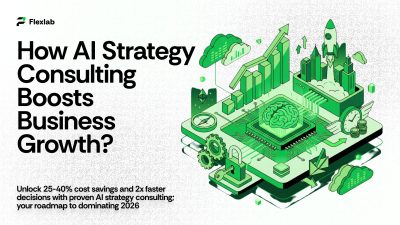
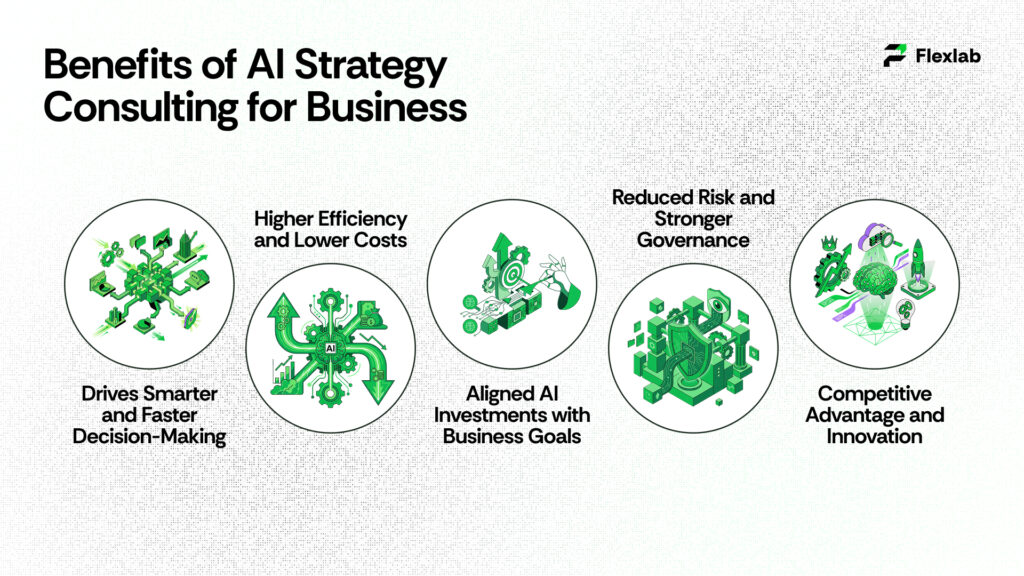
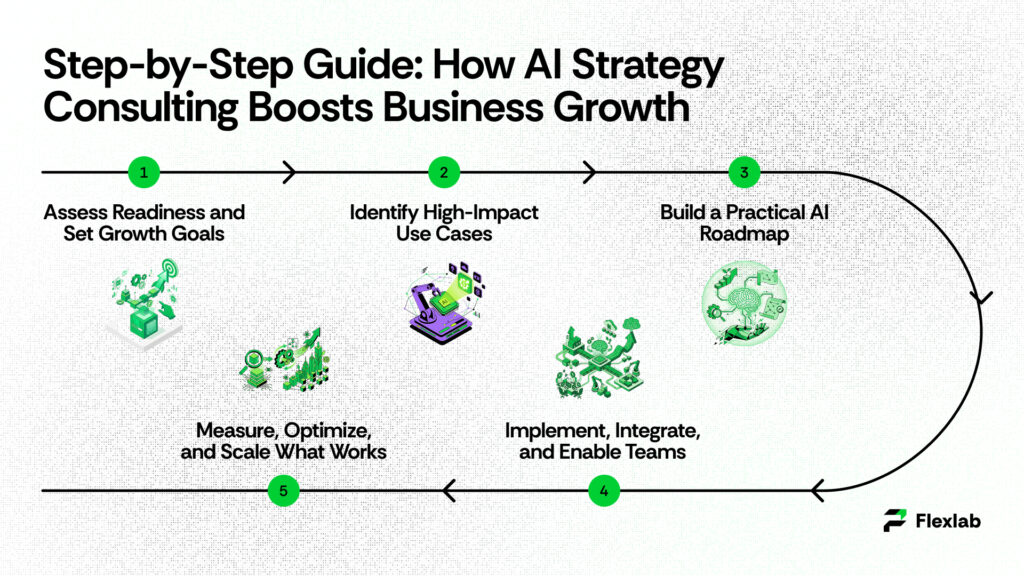
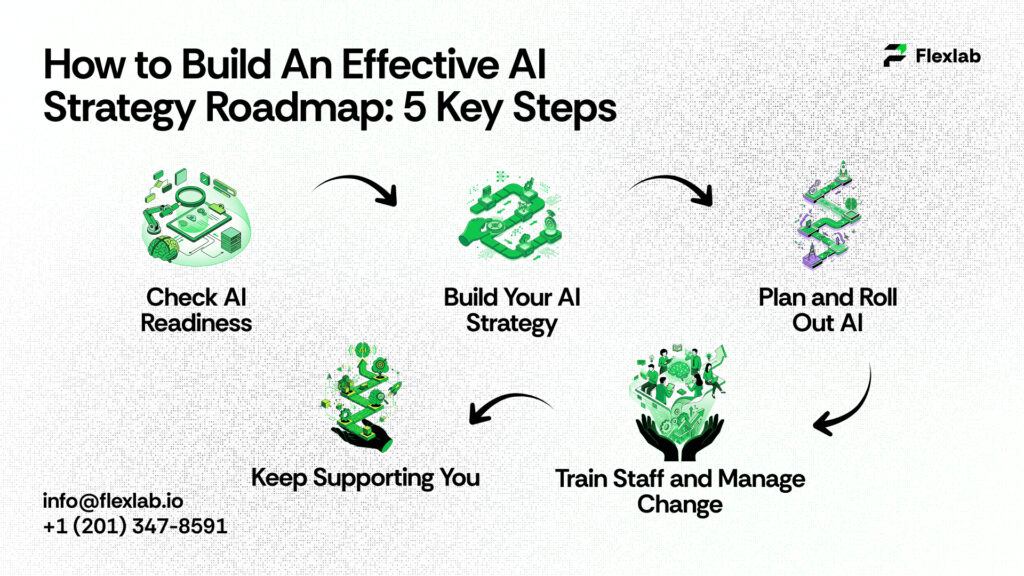
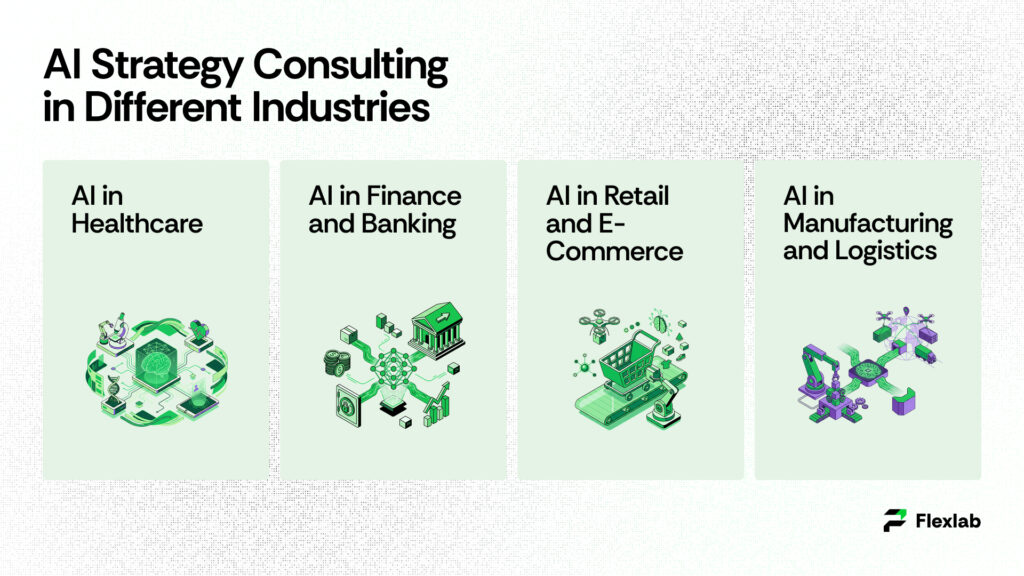
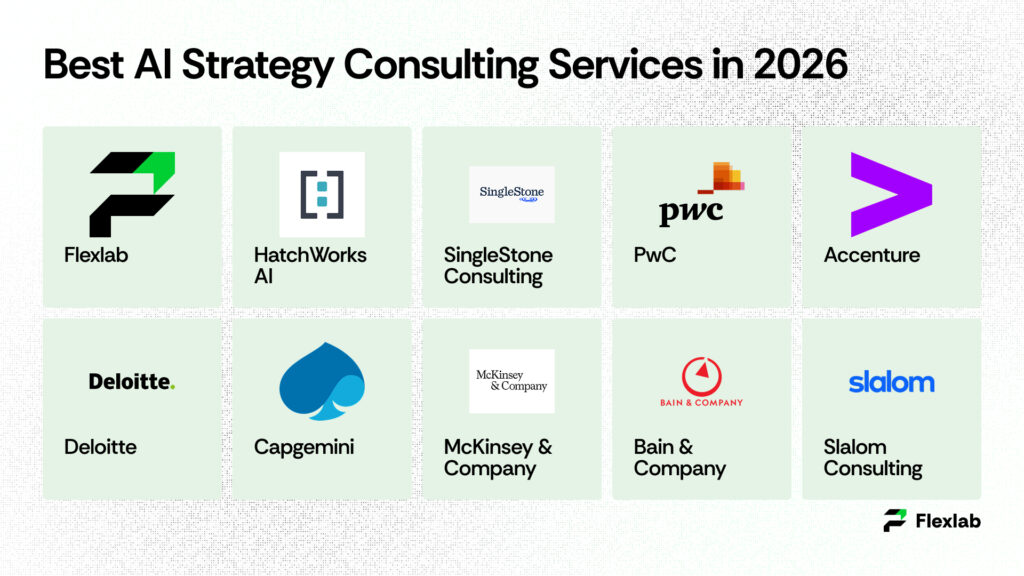
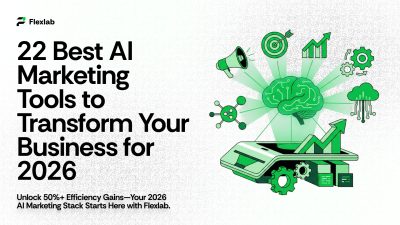
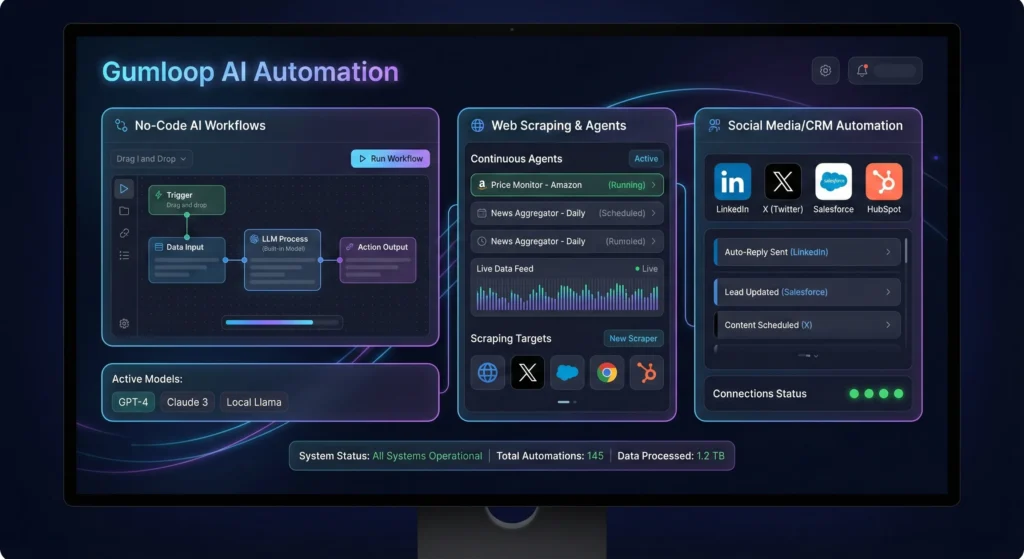
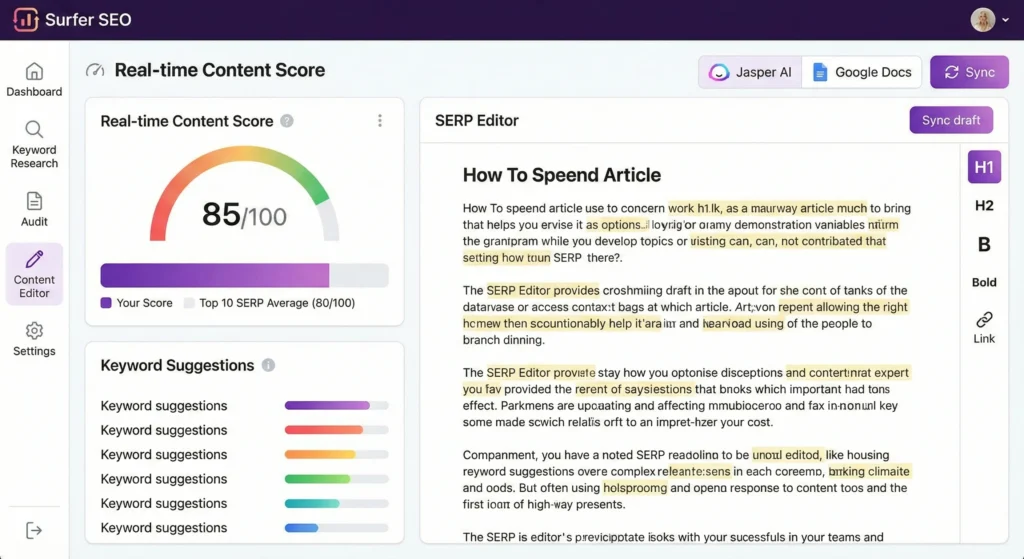
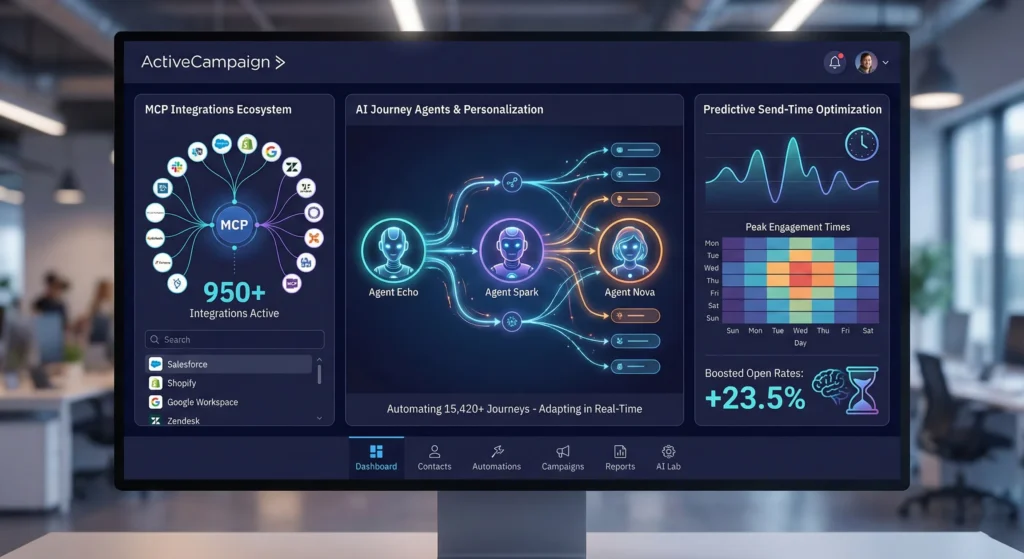
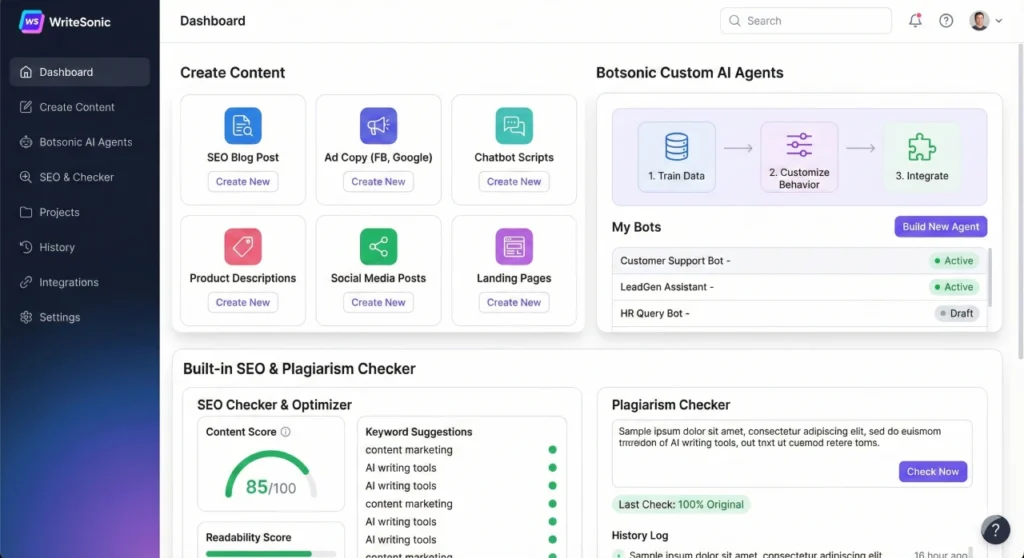
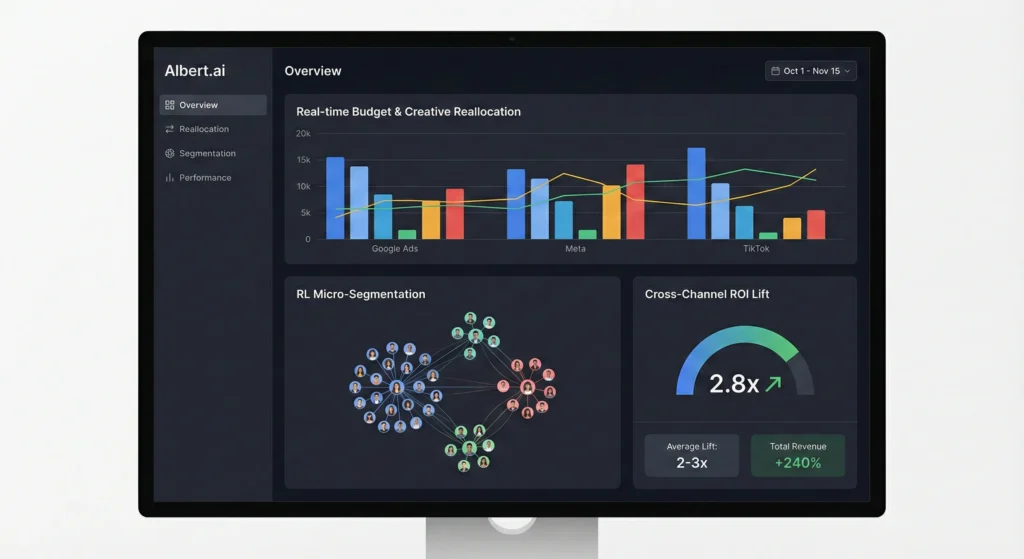

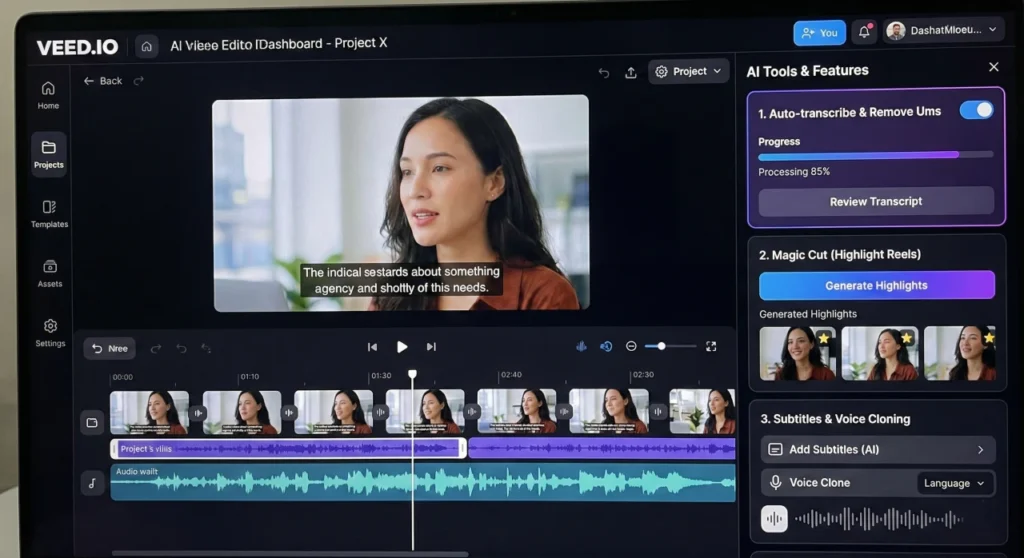
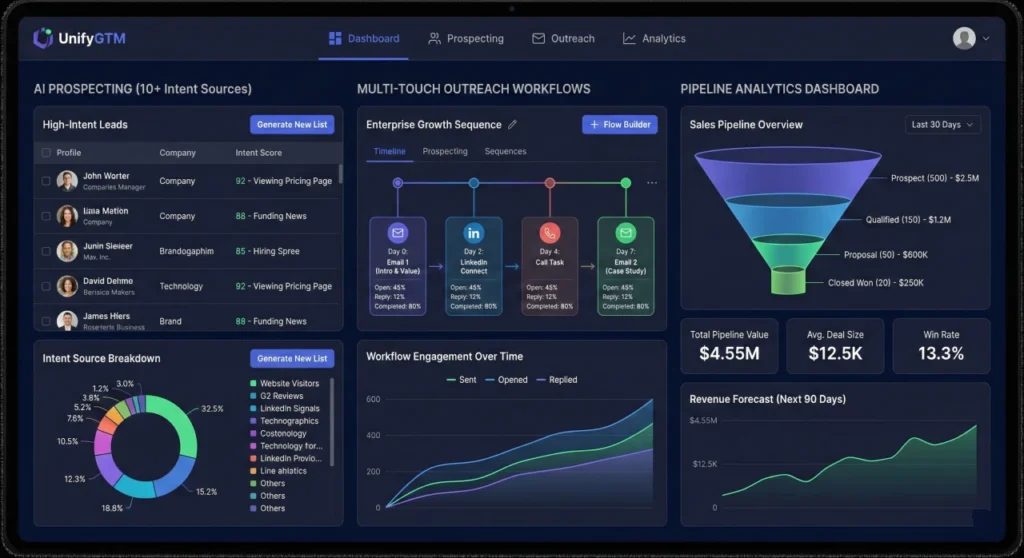
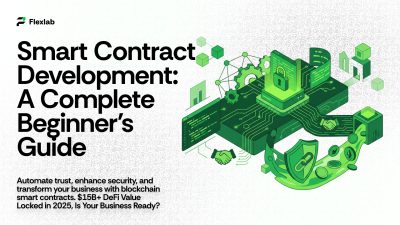
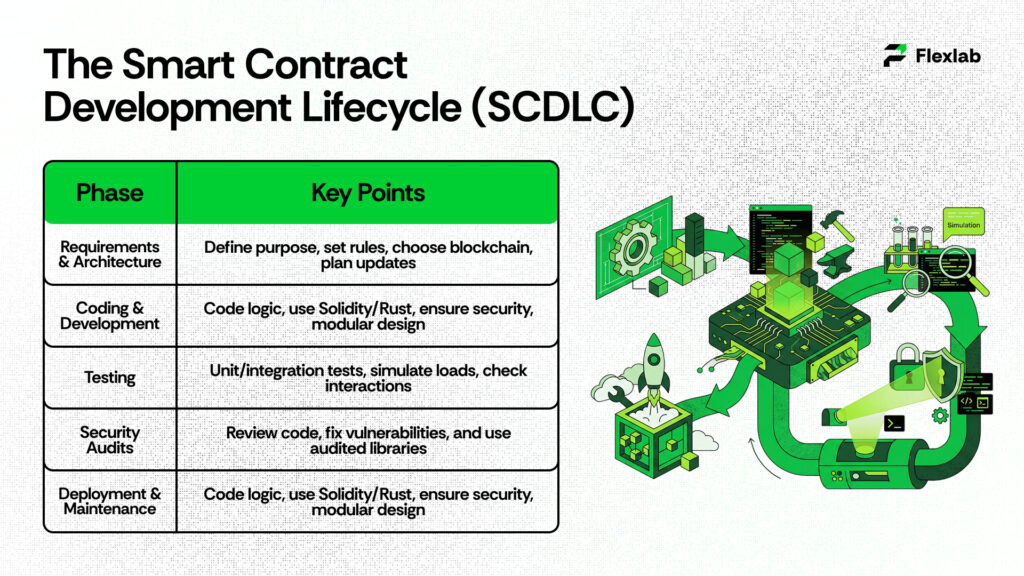
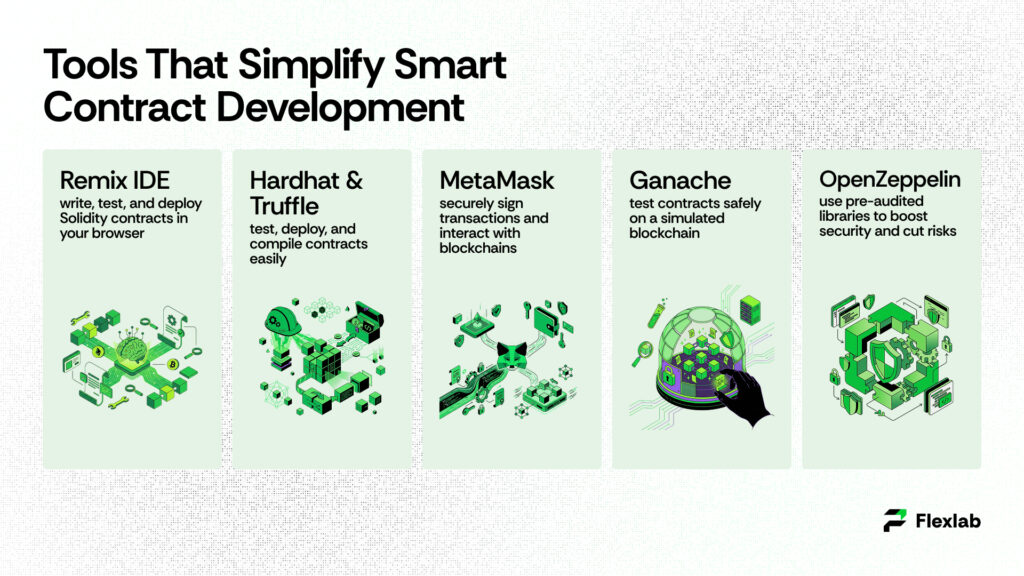
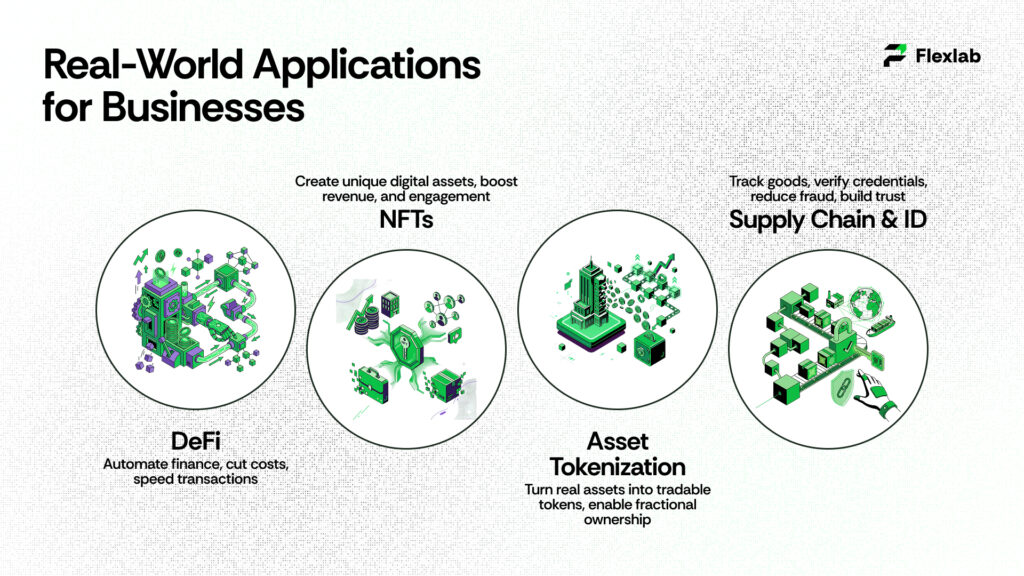
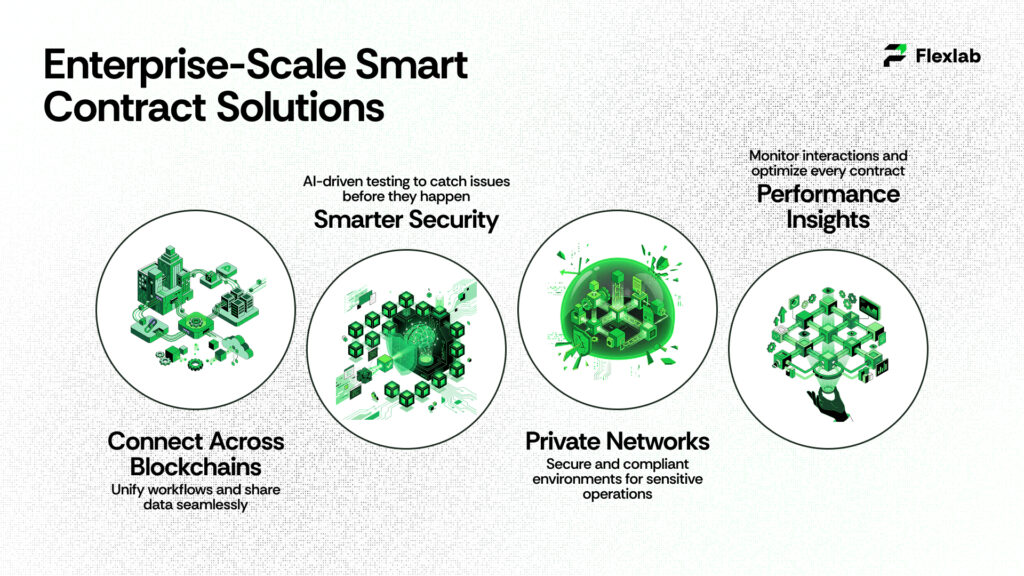
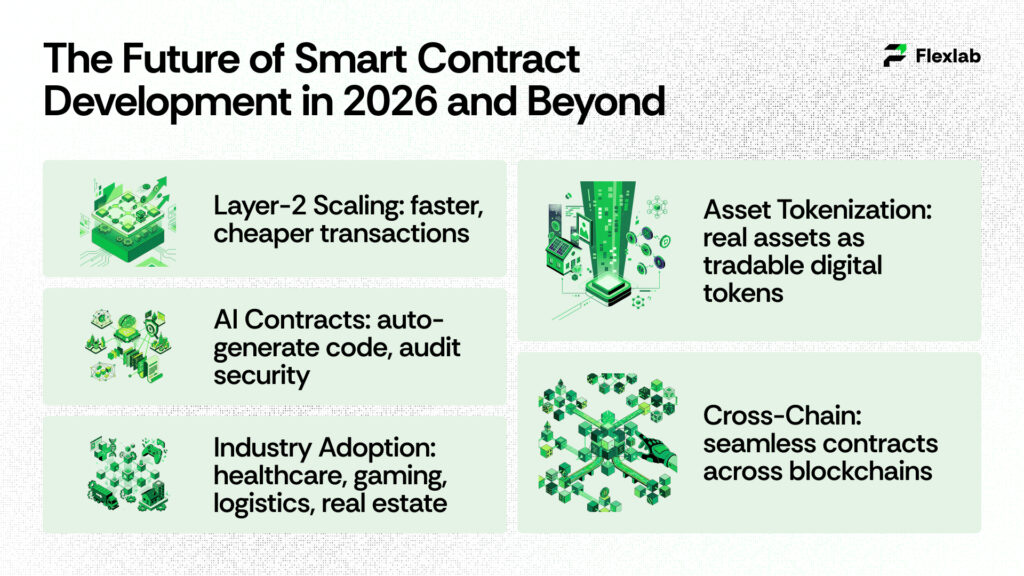


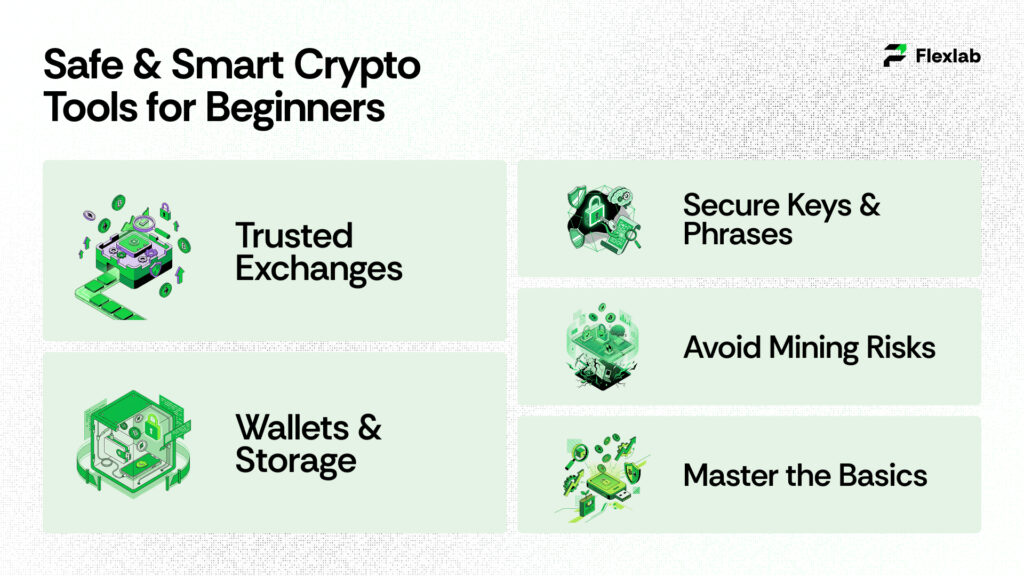
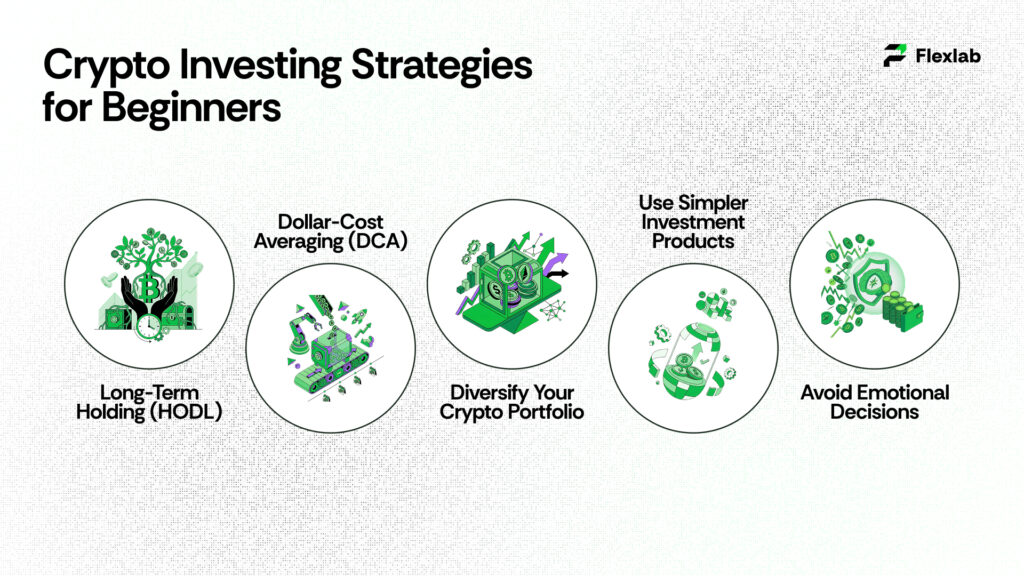
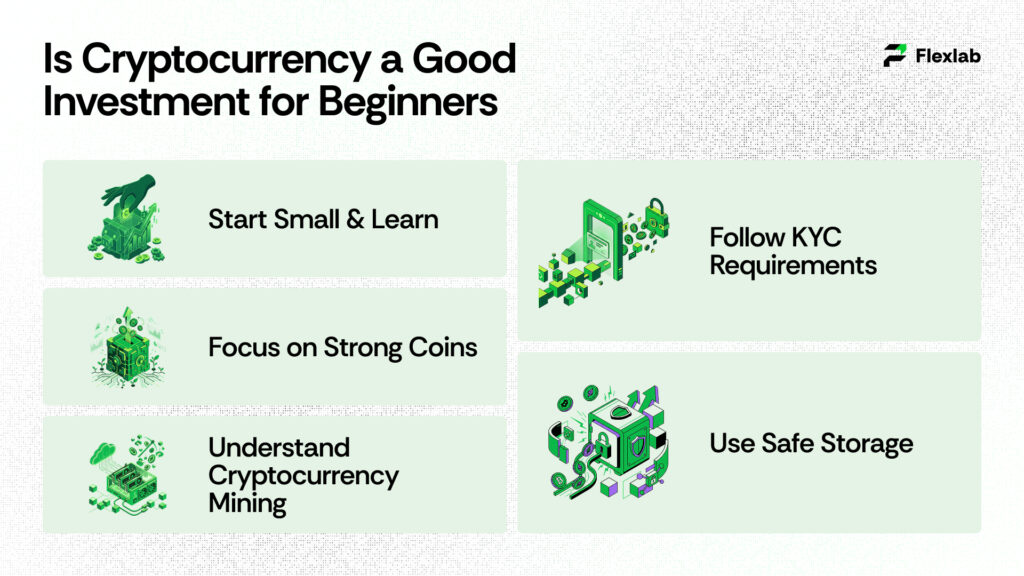
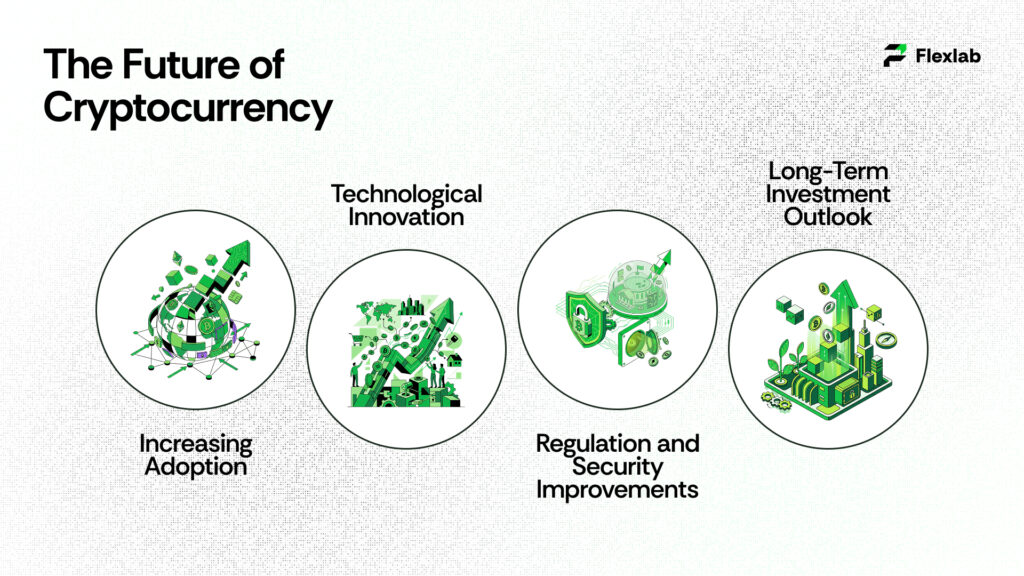
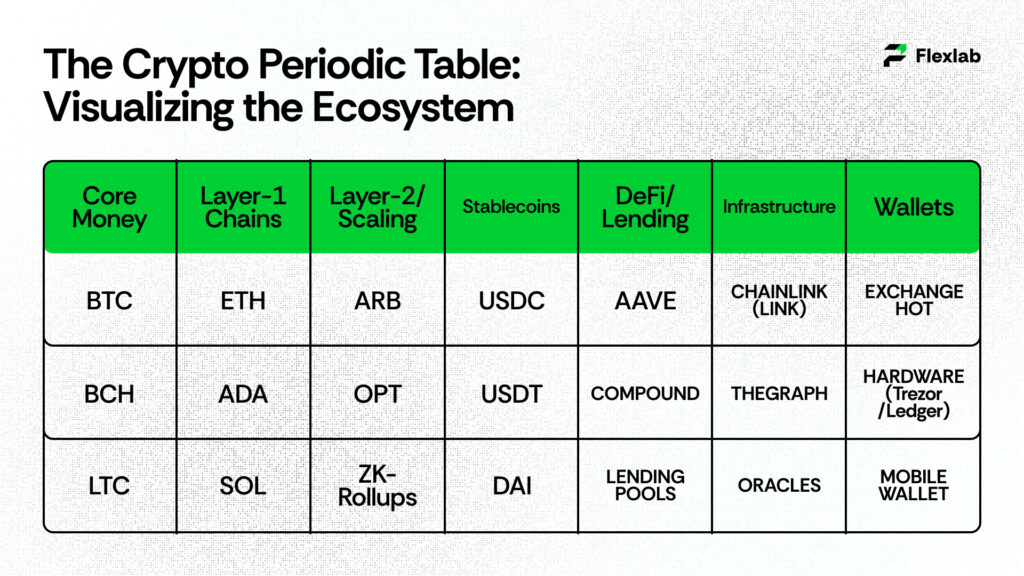
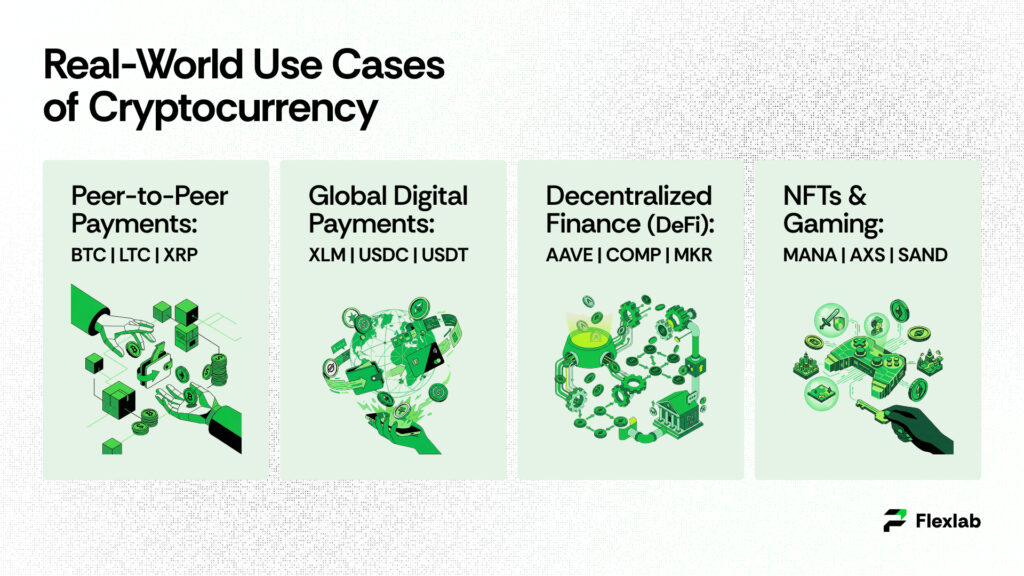
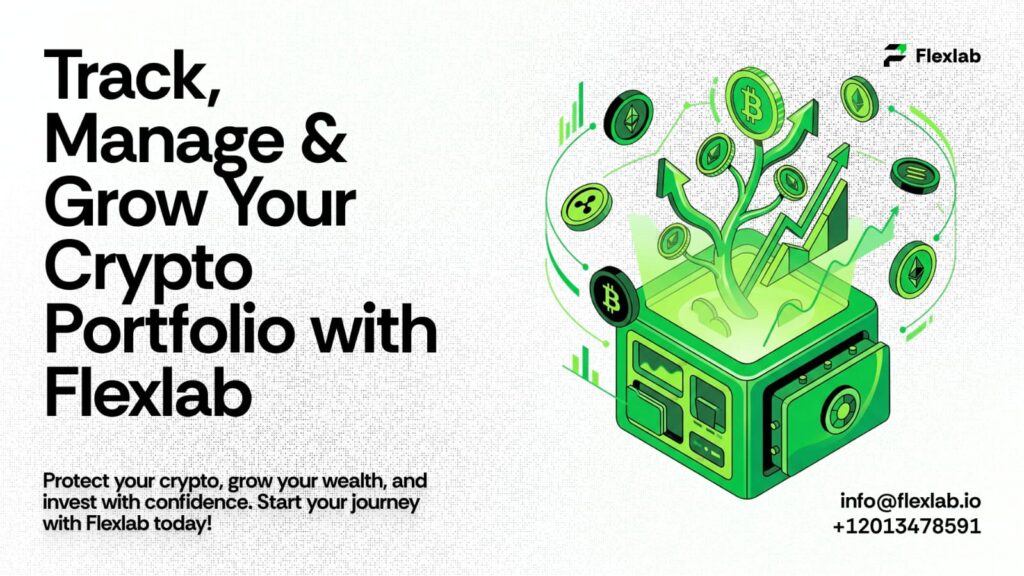



8 Responses
Hey there.
flexlab.io, I appreciate the care you put into this space—it really shows.
I recently published my ebooks and training videos on
https://www.hotelreceptionisttraining.com/
They feel like a standout resource for anyone interested in hospitality management studies. These ebooks and videos have already been welcomed and found very useful by students in Russia, the USA, France, the UK, Australia, Spain, and Vietnam—helping learners and professionals strengthen their real hotel reception skills. I believe visitors and readers here might also find them practical and inspiring.
Unlike many resources that stay only on theory, this ebook and training video set is closely connected to today’s hotel business. It comes with full step-by-step training videos that guide learners through real front desk guest service situations—showing exactly how to welcome, assist, and serve hotel guests in a professional way. That’s what makes these materials special: they combine academic knowledge with real practice.
With respect to the owners of flexlab.io who keep this platform alive, I kindly ask to share this small contribution. For readers and visitors, these skills and interview tips can truly help anyone interested in becoming a hotel receptionist prepare with confidence and secure a good job at hotels and resorts worldwide. If found suitable, I’d be grateful for it to remain here so it can reach those who need it.
Why These Ebooks and Training Videos Are Special
They uniquely combine academic pathways such as a bachelor of hospitality management or a master’s degree in hospitality management with very practical guidance on the hotel front desk job duties. They also cover the hotel front desk receptionist job description, and detailed hotel front desk duties and responsibilities.
The materials go further by explaining the hotel reservation process, hotel check-in, check-out flow, guest service handling, and practical guest service recovery—covering nearly every situation that arises in the daily business of a front office operation.
Beyond theory, my ebooks and training videos connect the academic side of resort management with the real-life practice of hotel front desk duties.
– For students and readers: they bridge classroom study with career preparation, showing how hotel and management course theory link directly to front desk skills.
– For professionals and community visitors: they support career growth through interview tips for receptionist, with step-by-step questions to ask a receptionist in an interview. There’s also guidance on writing a strong receptionist job description for resume.
As someone who has taught resort management for nearly 30 years, I rarely see materials that balance the academic foundation with the day-to-day job description of front desk receptionist in hotel so effectively. This training not only teaches but also simulates real hotel reception challenges—making it as close to on-the-job learning as possible, while still providing structured guidance.
I hope the owners of flexlab.io, and the readers/visitors of flexlab.io, will support my ebooks and training videos so more people can access the information and gain the essential skills needed to become a professional hotel receptionist in any hotel or resort worldwide.
Thanks again for all the work you do here.
Really enjoyed this article. Your perspective is very refreshing.
Just thought I’d drop in that could help tourism businesses and resorts. We recently launched a super easy-to-use smart tourism chatbot designed especially for hospitality businesses looking to boost bookings, guest satisfaction, and 24/7 support—on autopilot.
It’s a lightweight plug-and-play hotel chatbot that installs in minutes—zero coding required. This tourism chatbot runs all day and night to answer FAQs, even connecting with Messenger.
See full details and live demo here:
https://chatbotforleads.blogspot.com/2025/04/boost-bookings-and-guest-satisfaction.html
But here’s the best part: besides hotel and tourism, we also offer a full range of chatbot solutions that work beautifully on any website, in any industry, to support customer service in a simple, smart, and wonderful way—only $69 lifetime. No subscriptions. No tech headaches.
Use it as a lead gen chatbot—and test it out instantly on our blog.
With nearly 30 years of experience in hospitality, we built this tool to be one of the most affordable options available for small businesses.
So if you’re ready to grow effortlessly, or just want a chatbot that works—we’d love for you to check it out.
Let us know how it works for your business!
Hello flexlab.io,
You’re providing such valuable content for your readers.
We help website owners and bloggers to get real, targeted traffic and convert visitors into potential clients. Using the same method that reached you — posting focused blog comments and contact form messages in your niche and location — our chatbot engages these visitors automatically to capture leads efficiently.
As a special offer, if you purchase our chatbot service (normally $69, now $49), simply tell us your website, and we will manage the comment and contact form service for you. We’ll create 1,000 custom comments and messages to bring visitors interested in your niche and location — worldwide.
We provide chatbots for many niches: general chatbots, real estate, dental, education, hotels & tourism, bars, cafés, automotive, and more.
See the full system here: https://chatbotforleads.blogspot.com/ — it shows exactly how the traffic and lead generation works in action.
Thanks for reading, and Wishing you and your website continued success.
Hi flexlab.io,
You’re providing high-quality content for your readers.
We assist website owners and bloggers to get qualified traffic and convert visitors into potential clients. Using the same method that reached you — posting targeted blog comments and contact form messages in your niche and location — our chatbot engages these visitors automatically to capture leads efficiently.
As a special offer, if you purchase our chatbot service (normally $69, now $49), simply tell us your website, and we will handle the comment and contact form service for you. We’ll create 1000 niche-specific entries to bring visitors interested in your niche and location — worldwide.
We provide chatbots for many niches: all-purpose bots, real estate, dental, education, hotels & tourism, bars, cafés, automotive, and more.
See the full system here: https://chatbotforleads.blogspot.com/ — it shows exactly how the traffic and lead generation works in action.
Thank you for your time, and Hope this can bring some value to your audience and business.
Hey flexlab.io,
You’re providing such valuable content for your readers.
We support website owners and bloggers to get genuine, niche-specific traffic and convert visitors into potential clients. Using the same method that reached you — posting relevant blog comments and contact form messages in your niche and location — our chatbot engages these visitors automatically to capture leads efficiently.
As a special offer, if you purchase our chatbot service (normally $69, now $49), simply tell us your website, and we will take care of the comment and contact form service for you. We’ll create 1000 niche-specific entries to bring visitors interested in your niche and location — worldwide.
We provide chatbots for many niches: all-purpose bots, real estate, dental, education, hotels & tourism, bars, cafés, automotive, and more.
See the full system here: https://chatbotforleads.blogspot.com/ — it shows precisely how the traffic and lead generation works in action.
Thanks for reading, and I hope it helps you reach more potential clients.